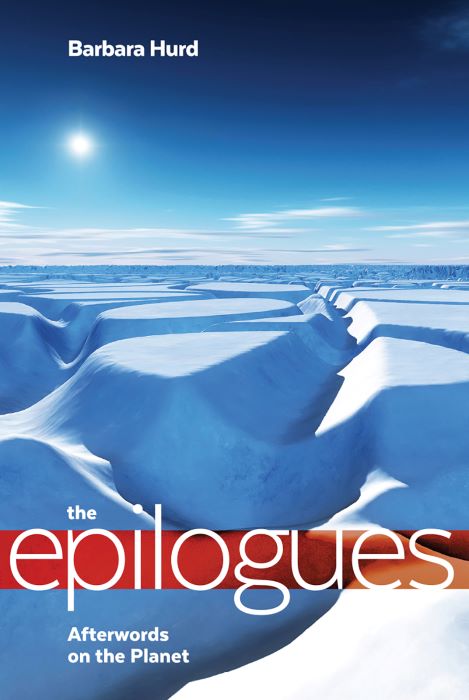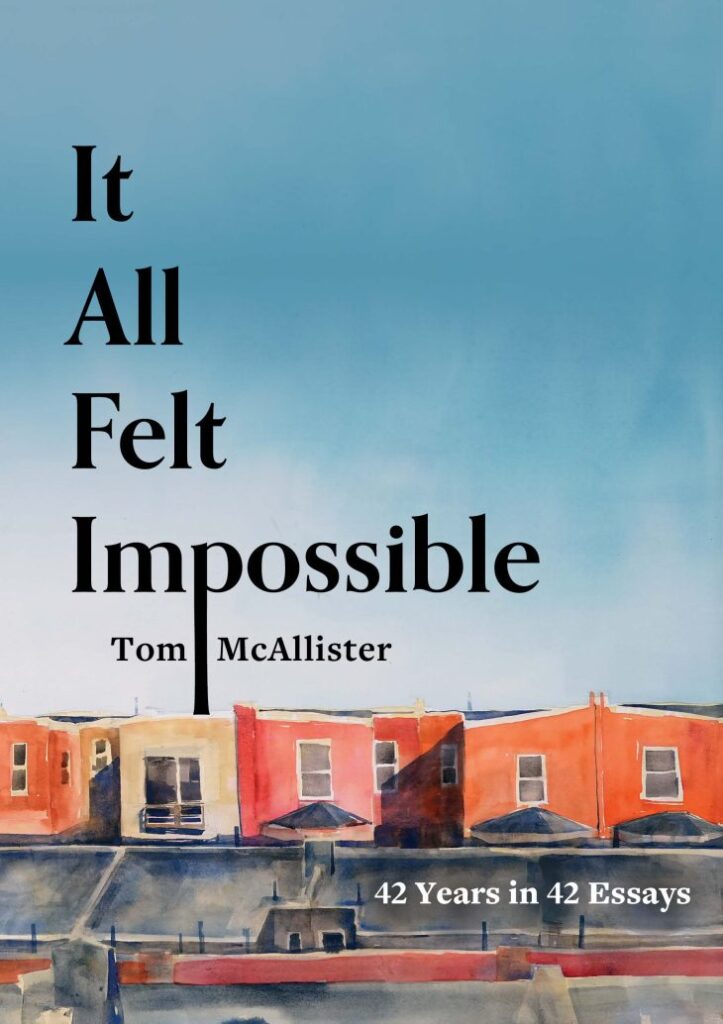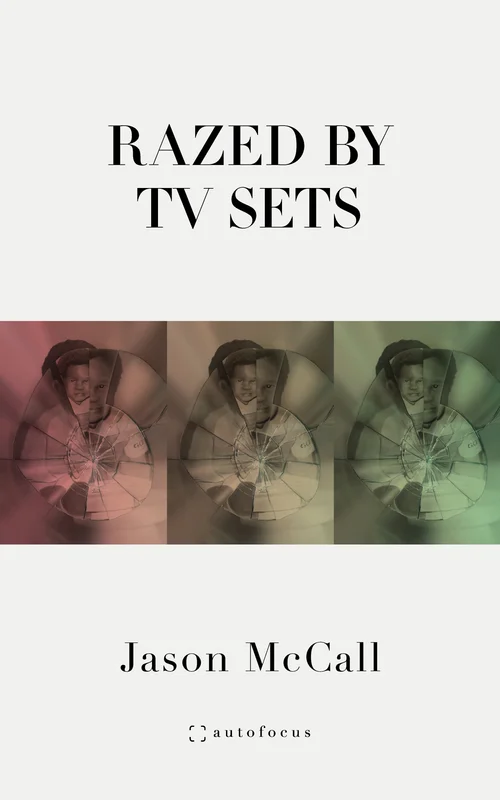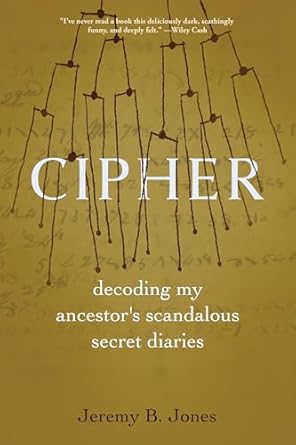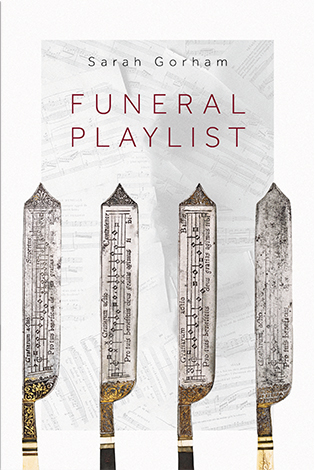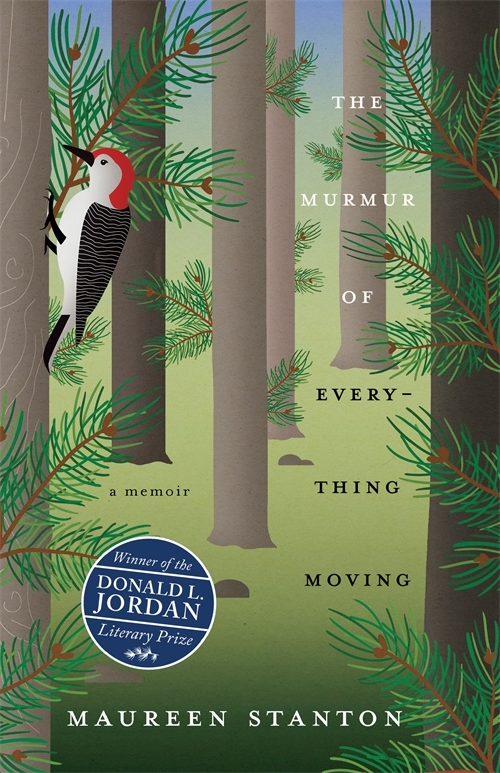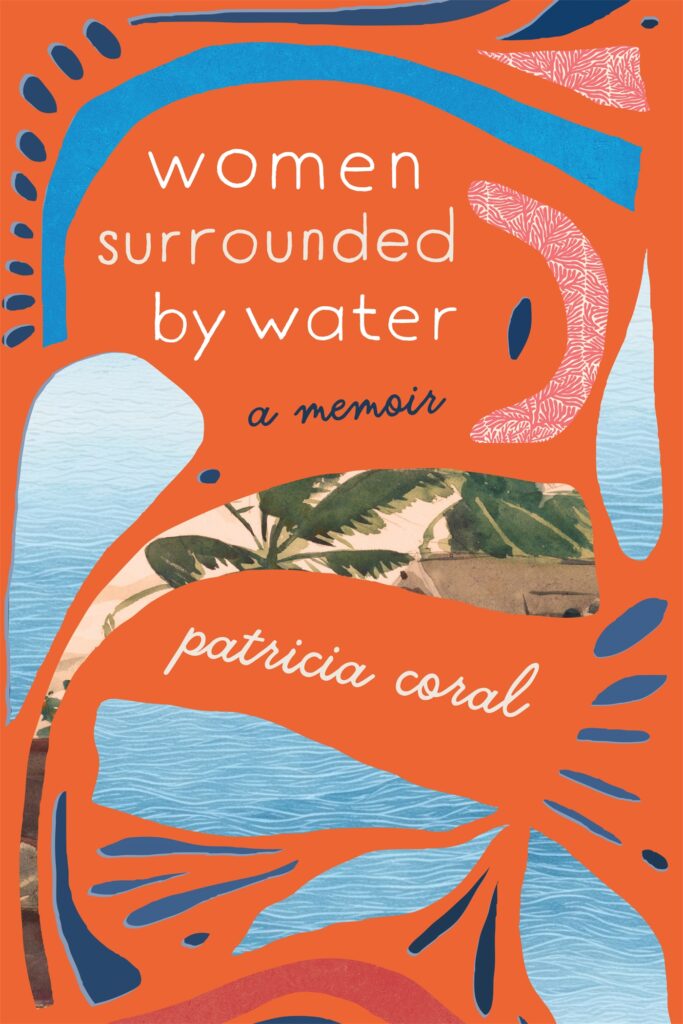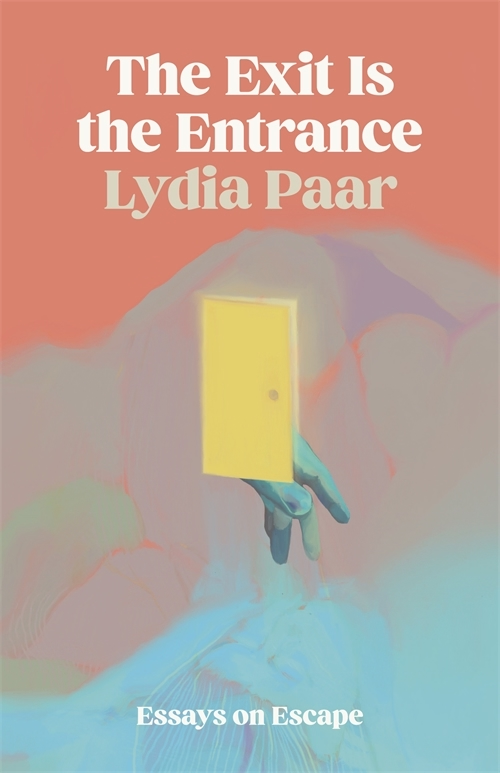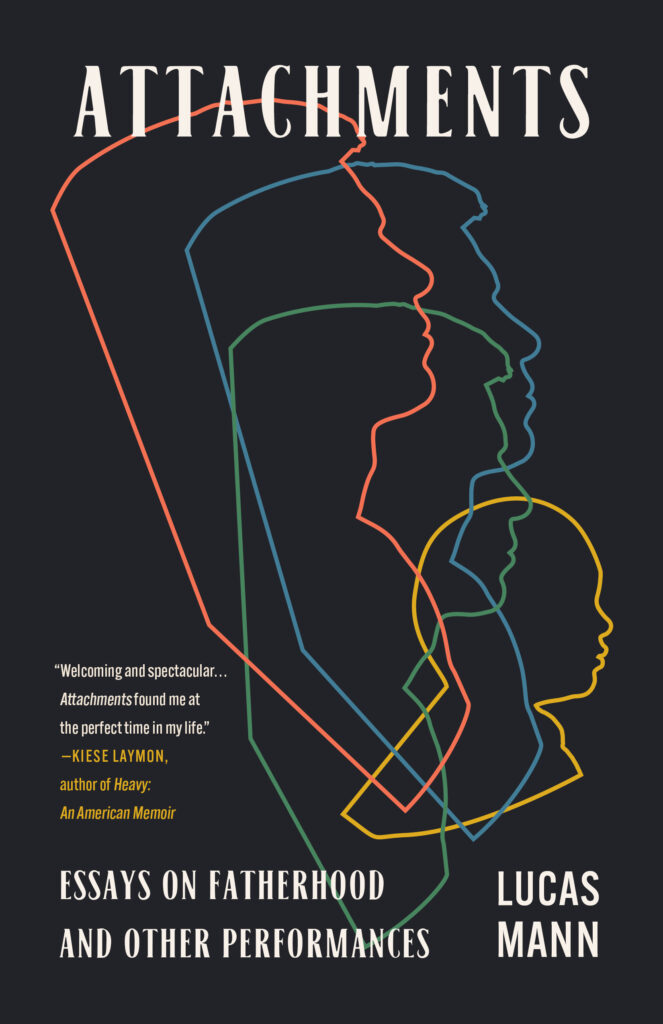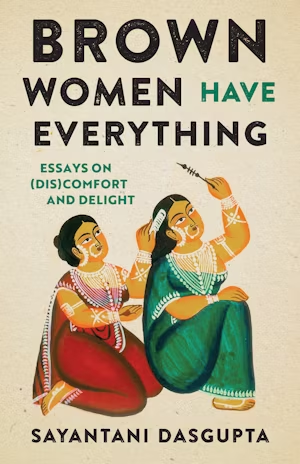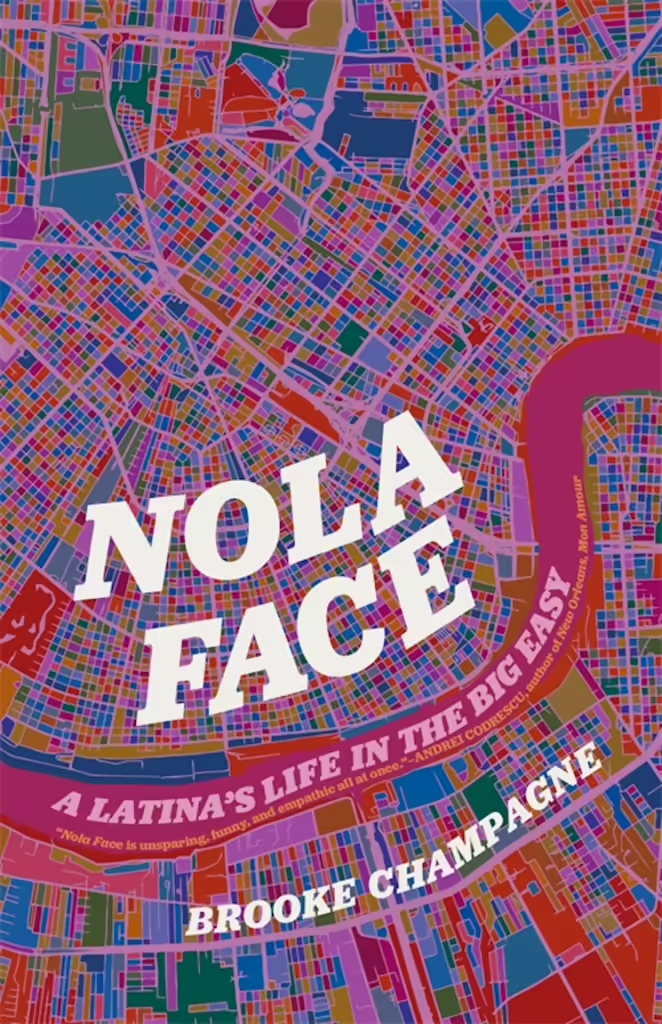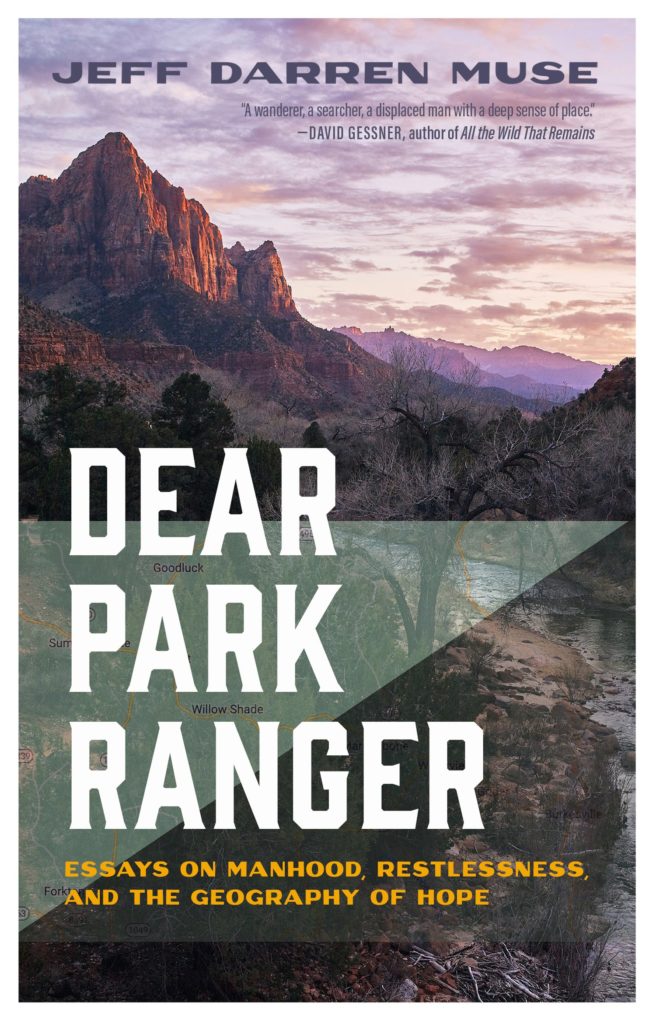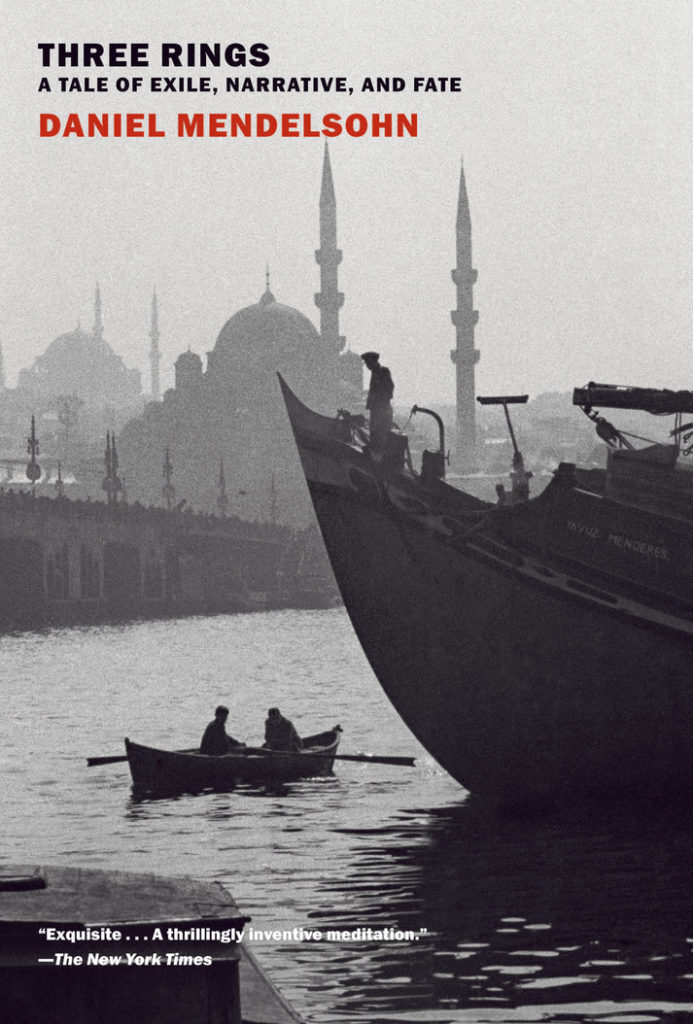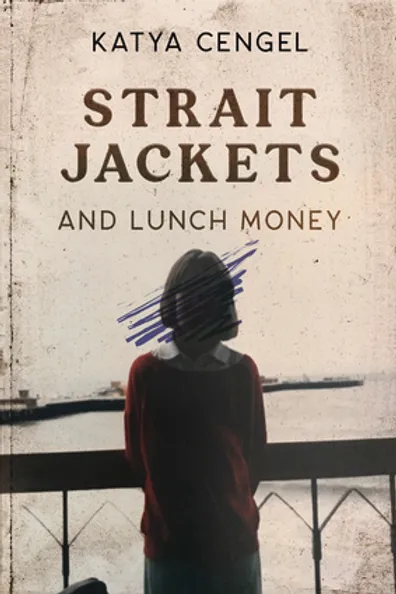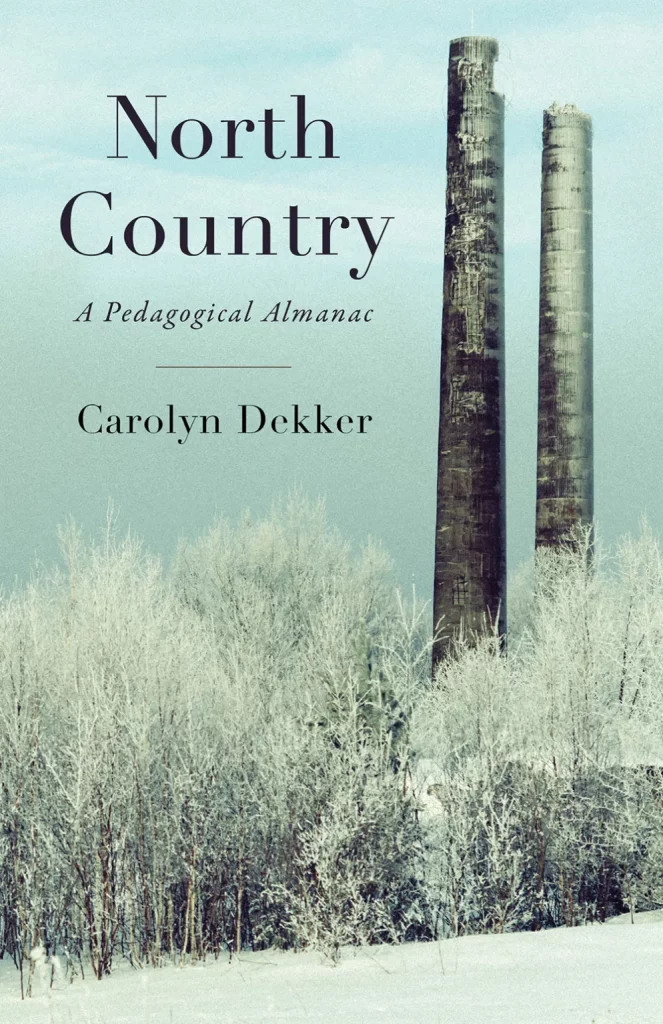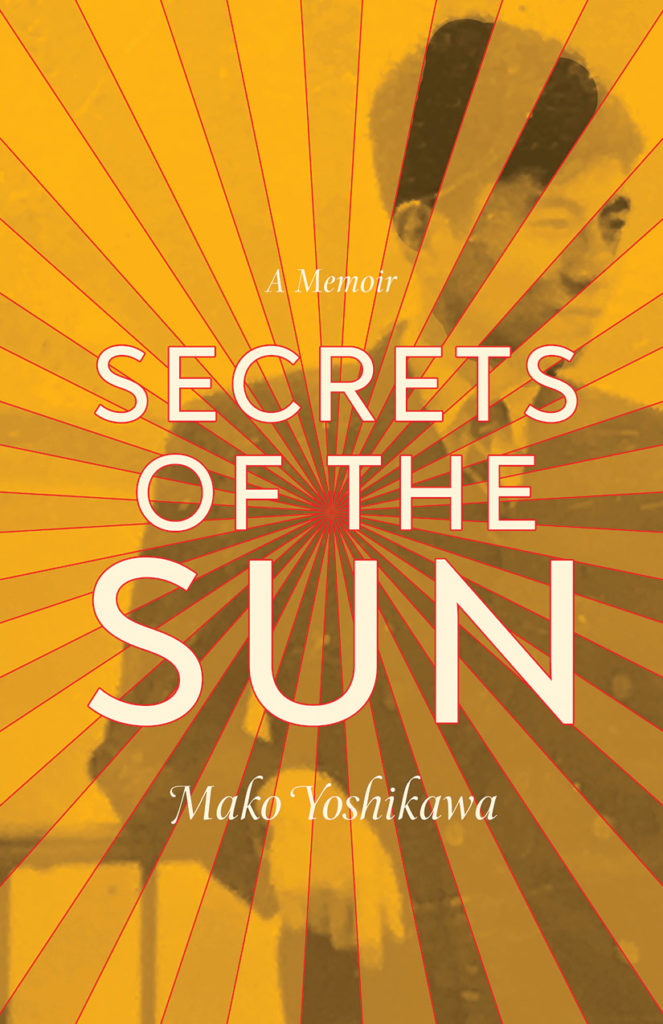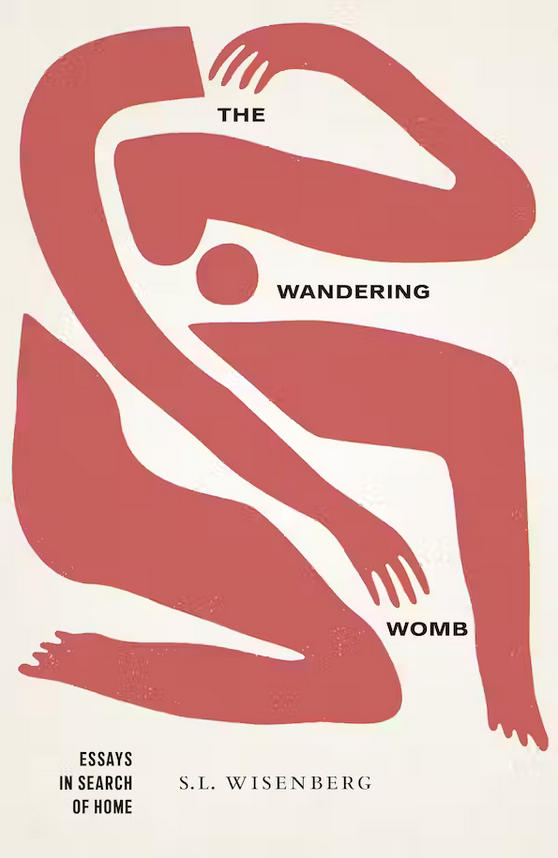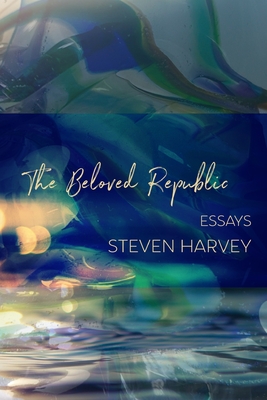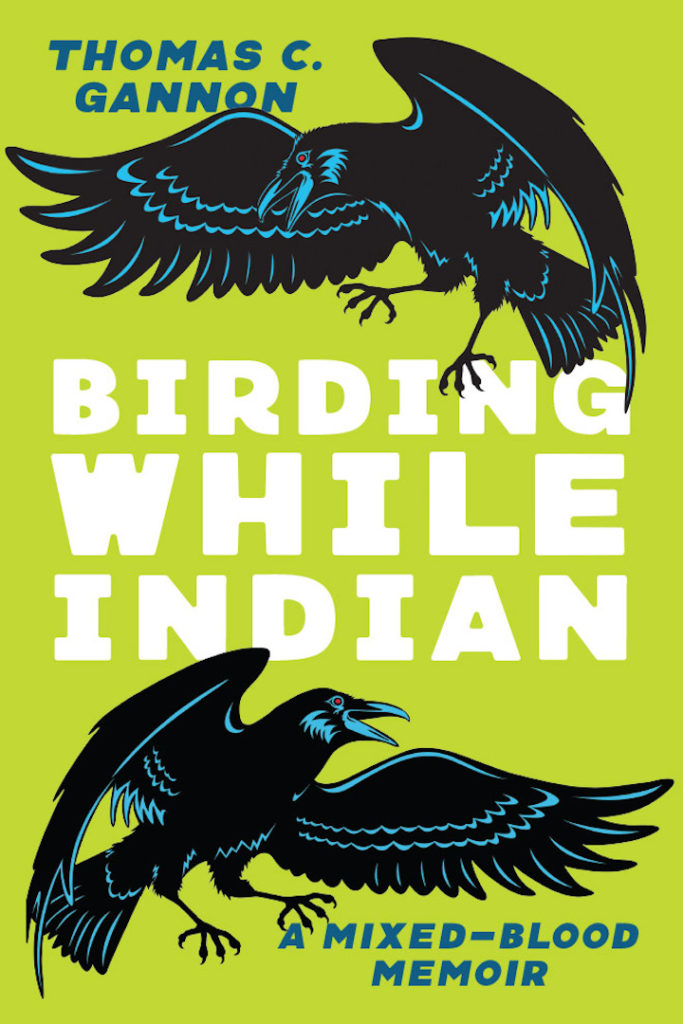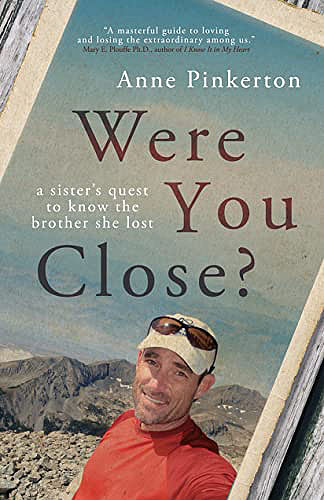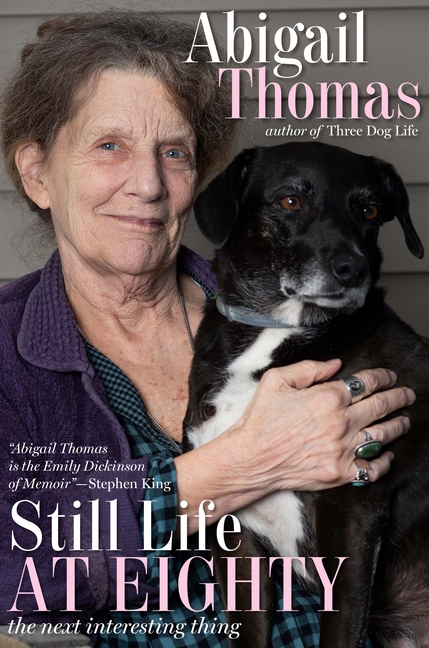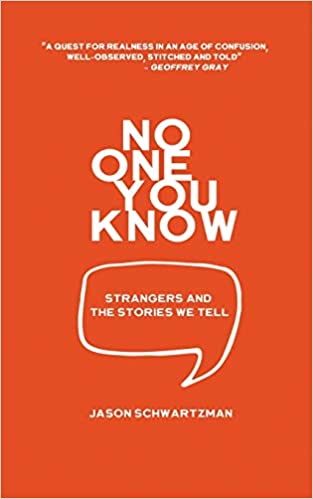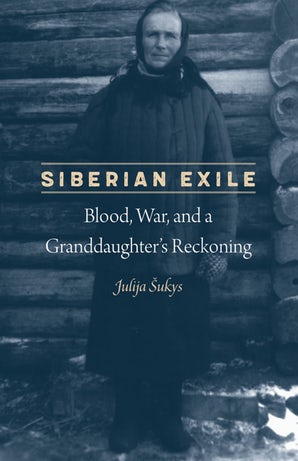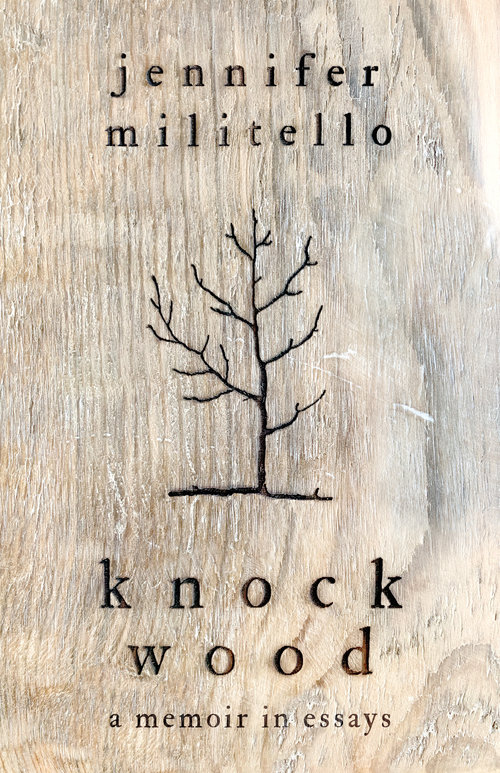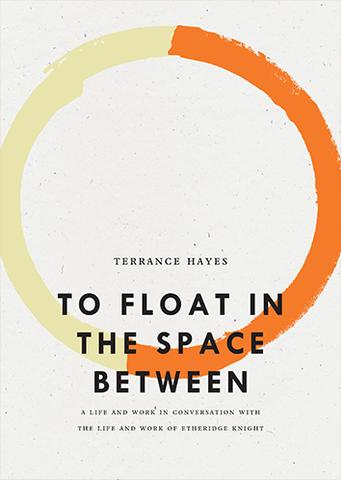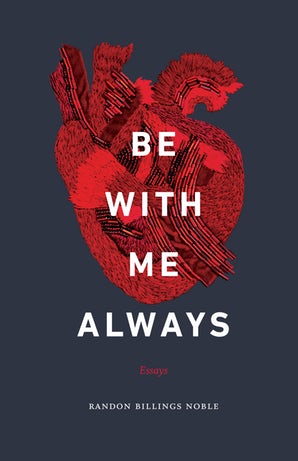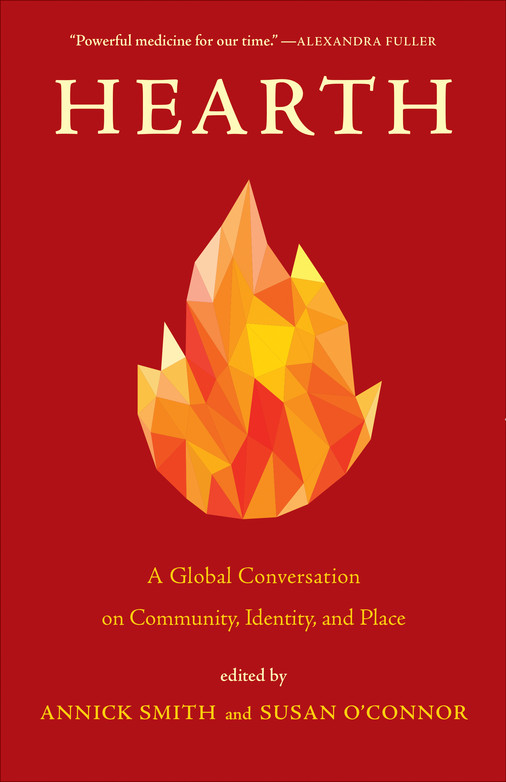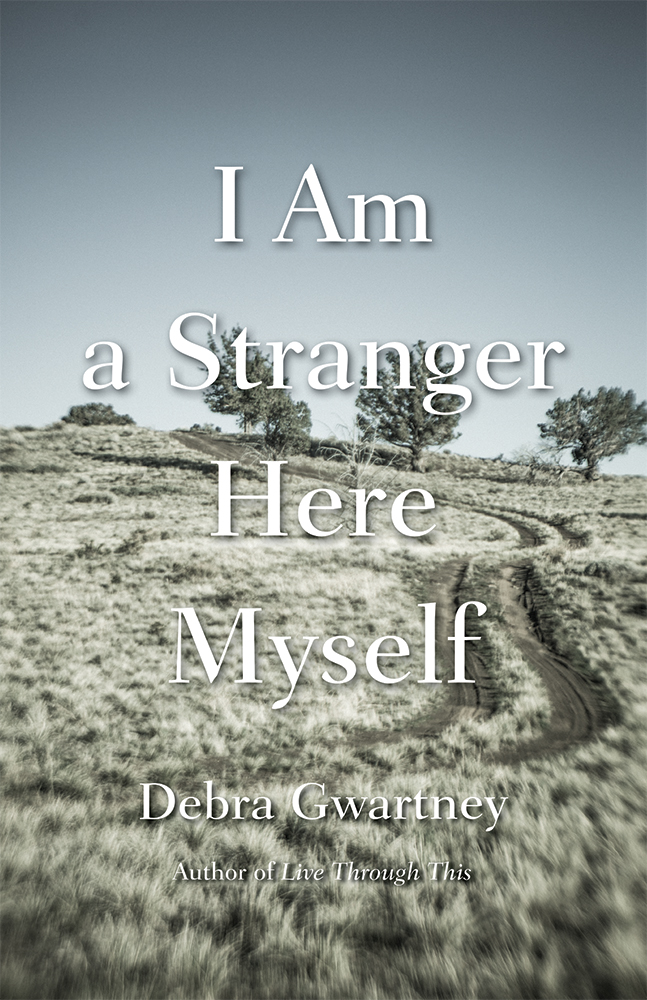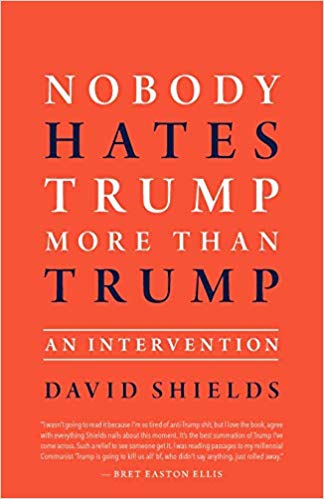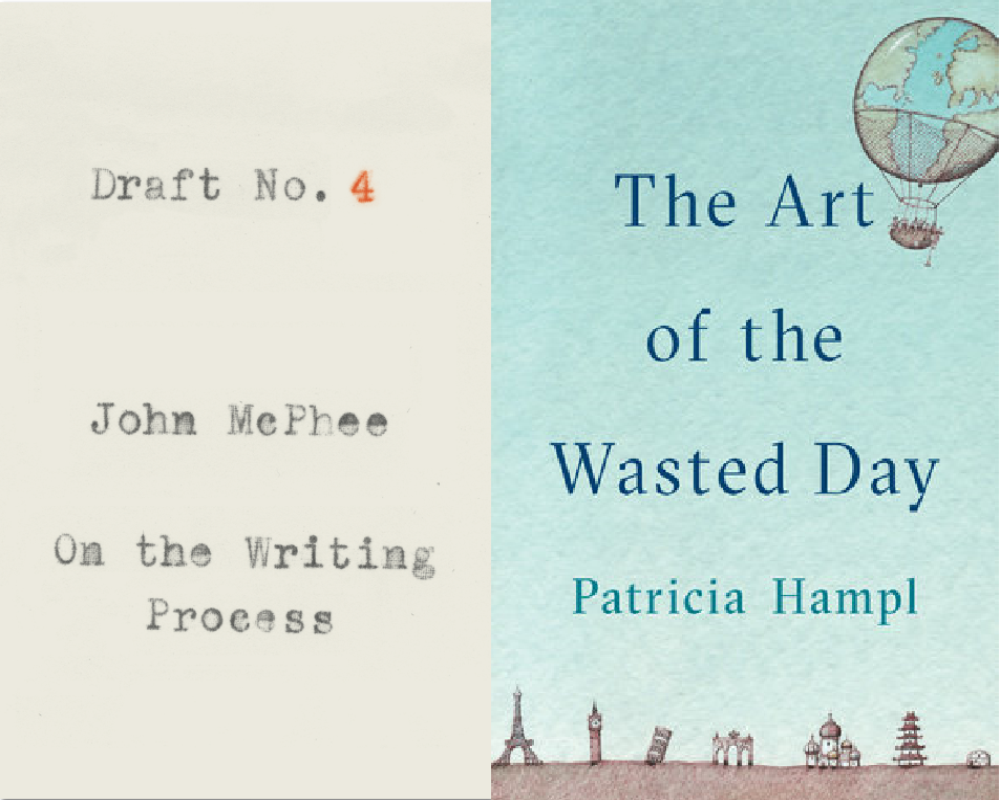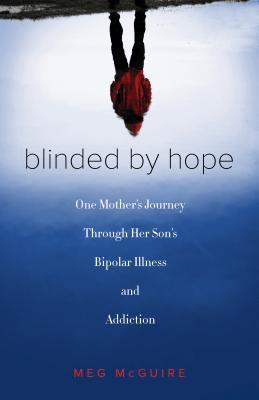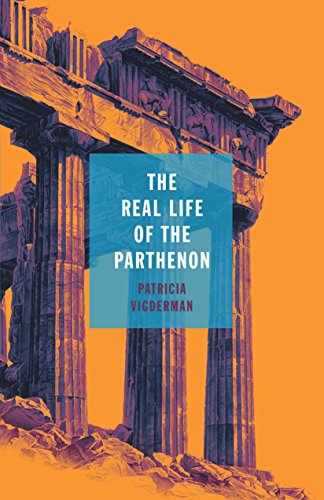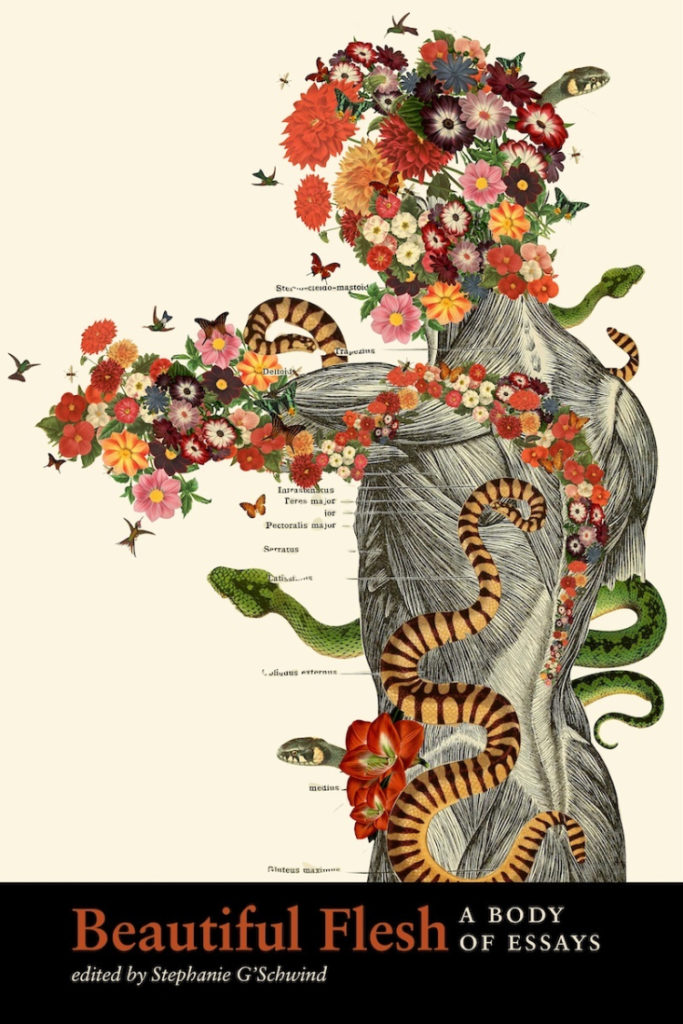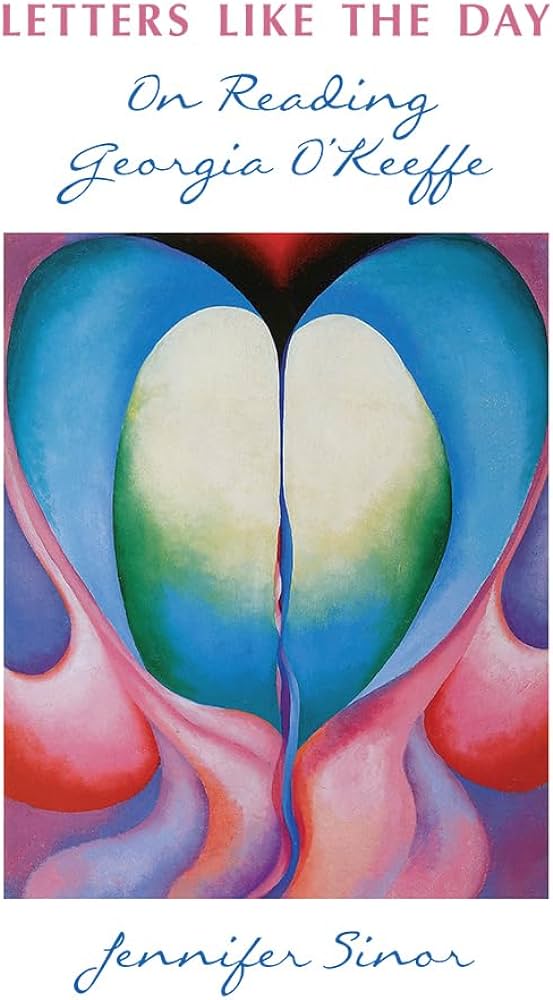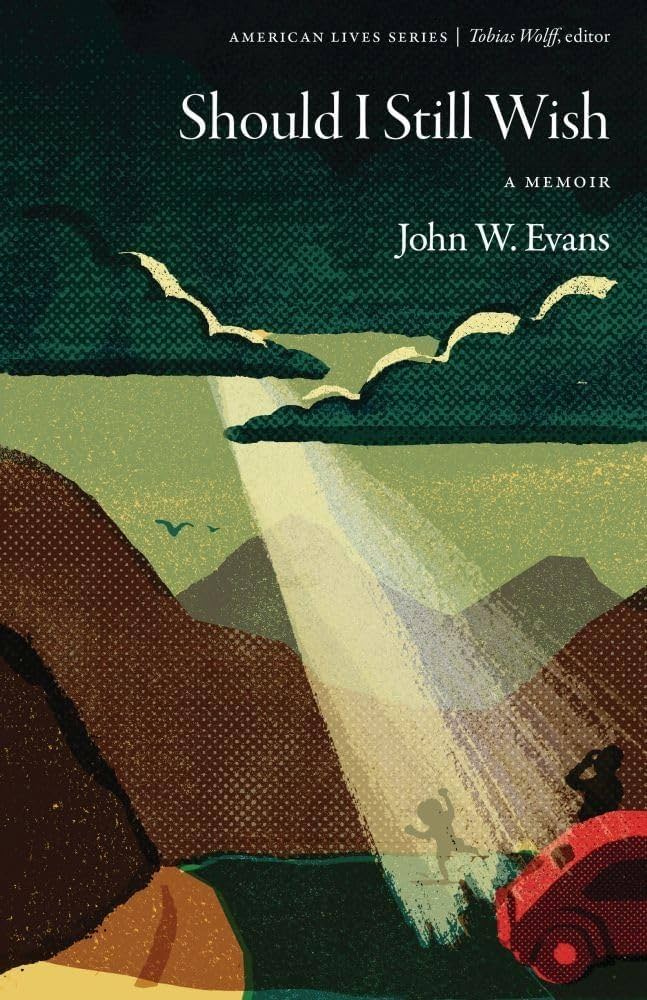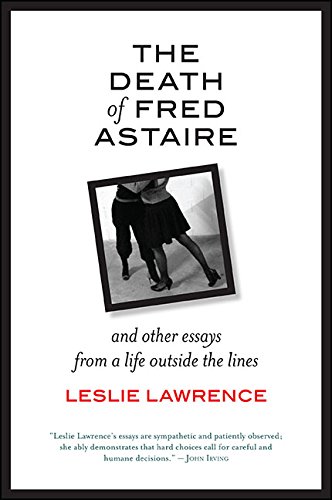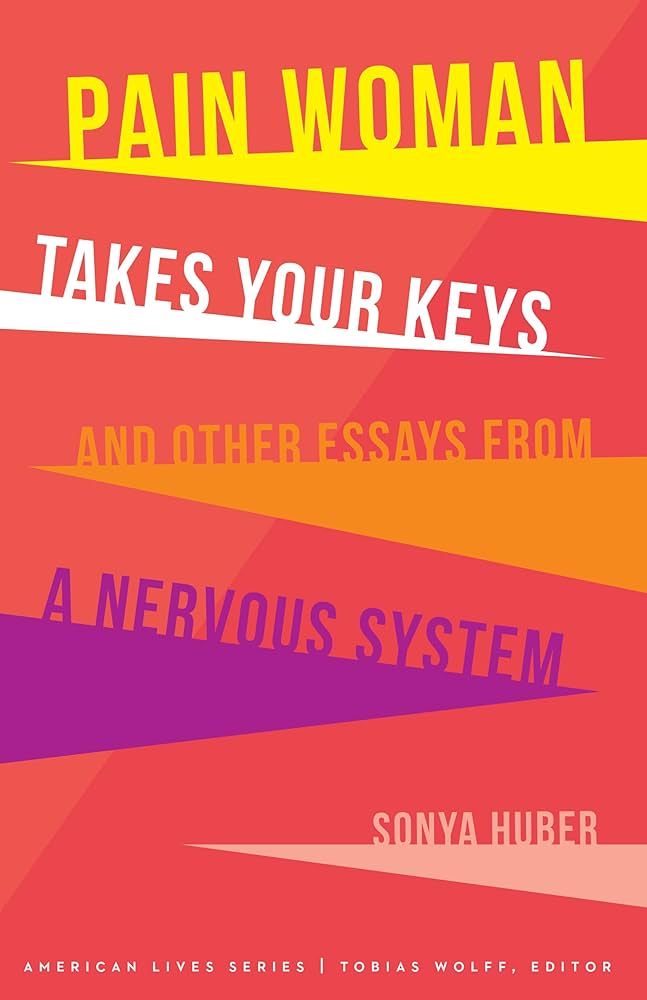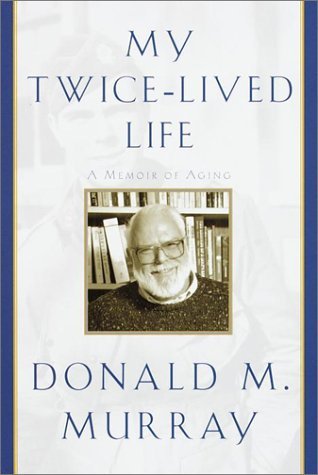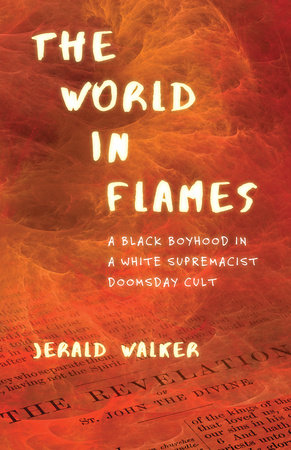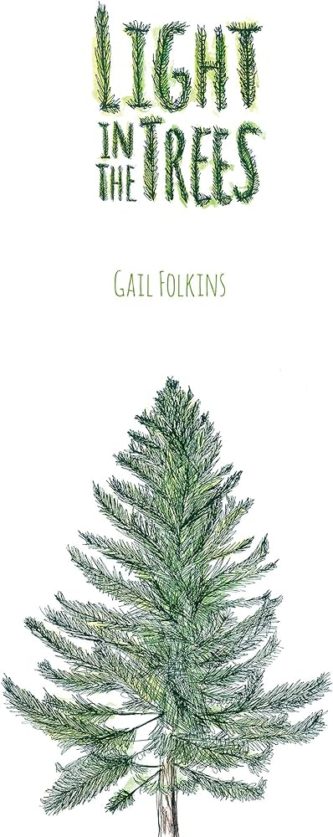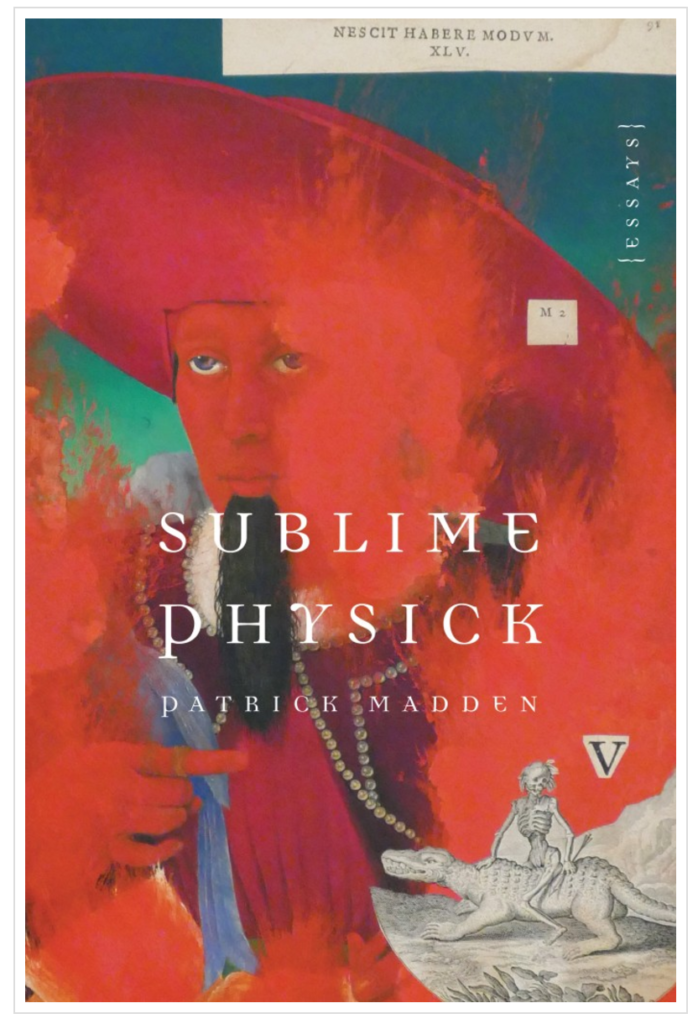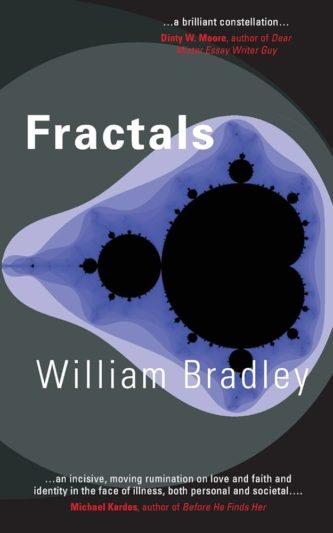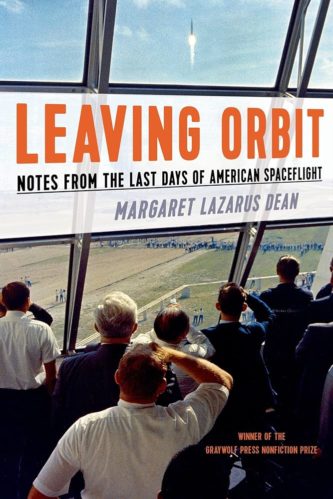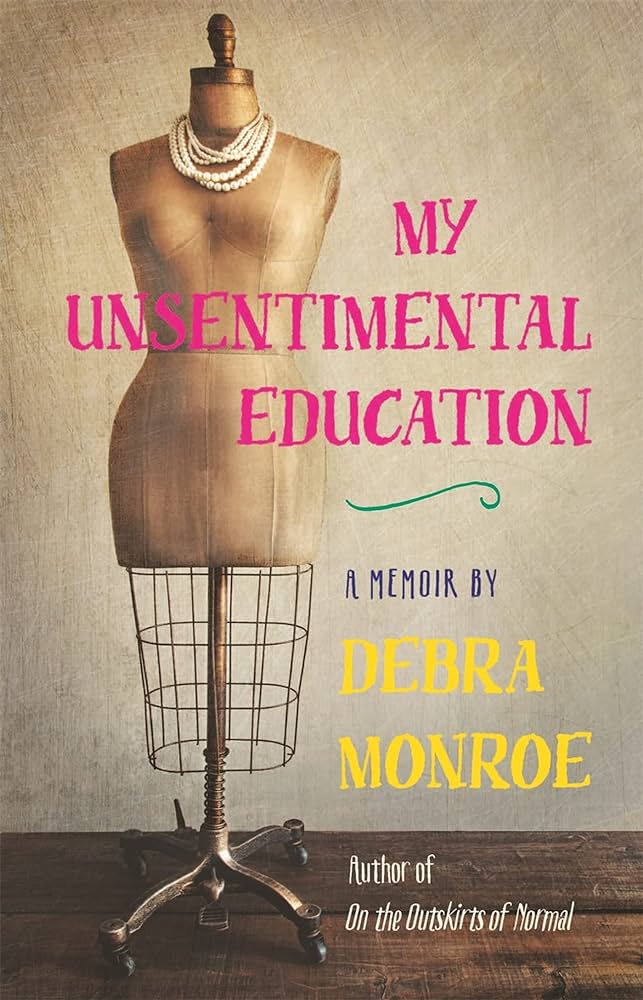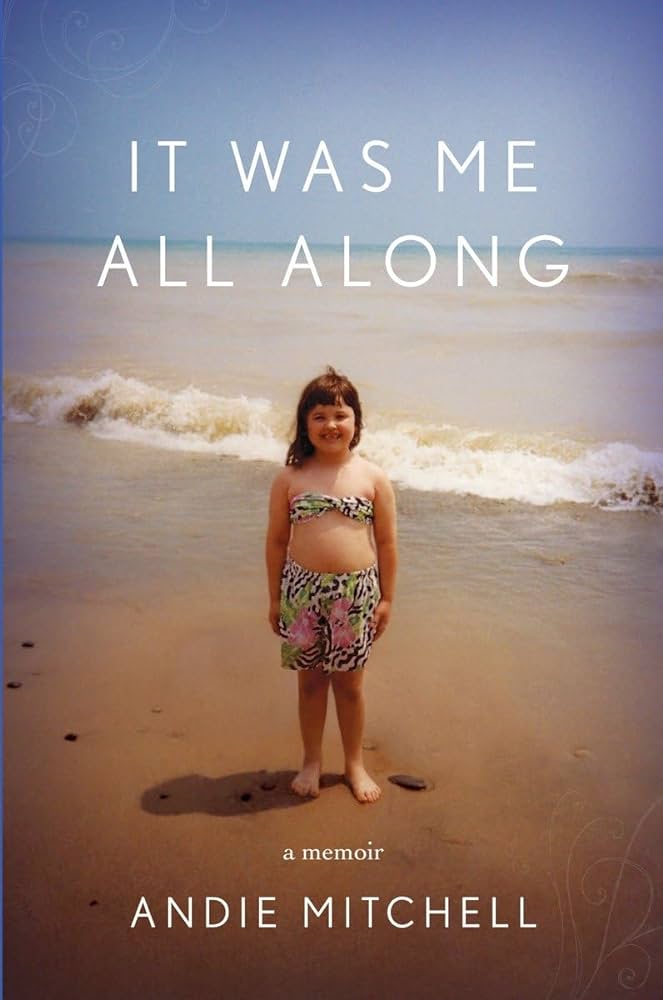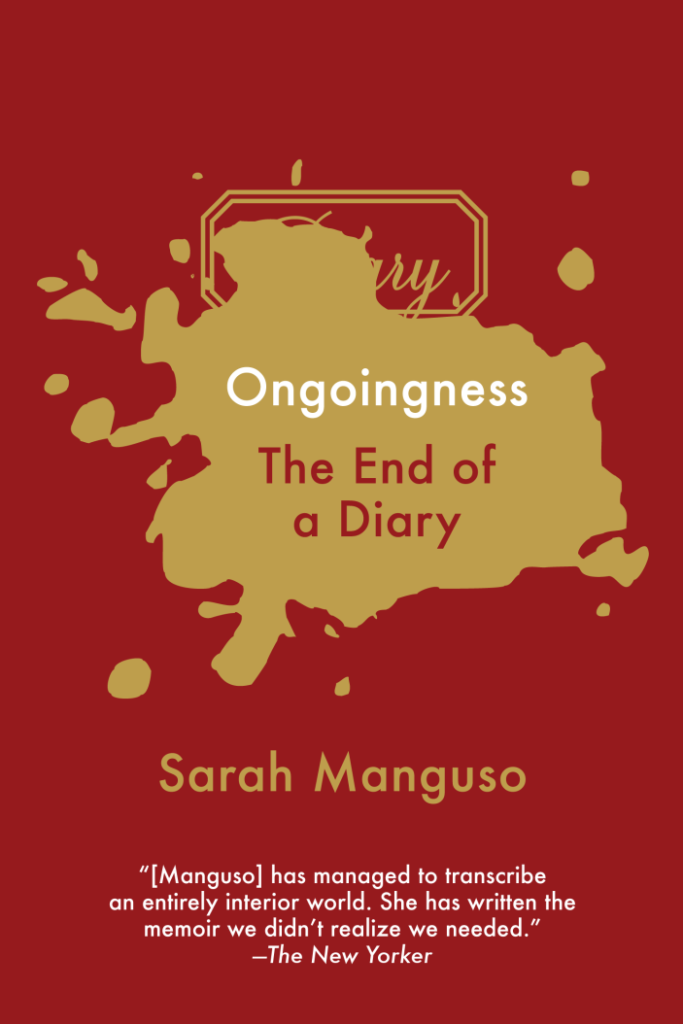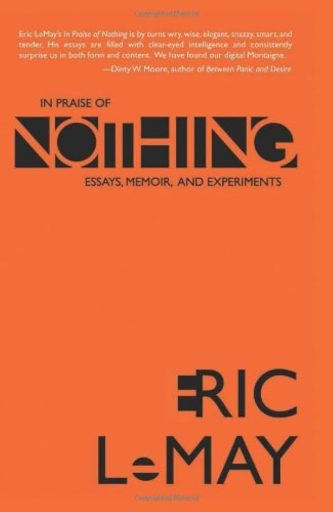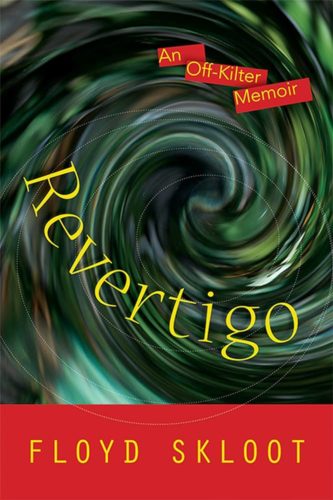By Robert Root
Ohio Apertures by Robert Miltner
The Epilogues: Afterwords on the Planet by Barbara Hurd
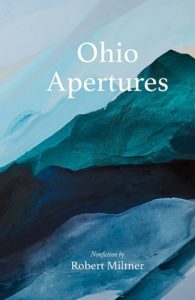 The back cover of Robert Miltner’s Ohio Apertures asserts that the book’s “brief pieces of creative nonfiction” include “flash memoir, lyric essays, narrative nonfiction, literary nonfiction, travel writing, and historical excavations of place.” In the text no selections are identified with those labels, leaving readers free to apply some themselves as they read. Having skipped that back cover, I read the book first and enjoyed the range of writing it displayed but had to decide for myself about its organization.
The back cover of Robert Miltner’s Ohio Apertures asserts that the book’s “brief pieces of creative nonfiction” include “flash memoir, lyric essays, narrative nonfiction, literary nonfiction, travel writing, and historical excavations of place.” In the text no selections are identified with those labels, leaving readers free to apply some themselves as they read. Having skipped that back cover, I read the book first and enjoyed the range of writing it displayed but had to decide for myself about its organization.
Robert Miltner is best known as a prose poet and most of the pieces here reflect in their brevity the concentrated lyricism of his poetry even as their perspectives are expanded and enhanced. They are presented in a series of segments—sometimes in prose stanzas—in which each succeeding segment is triggered by the one before it; the concluding part, rather than wrapping up the process, may allude to where the series began. The six pieces in the first section of the book guide our expectations for how the individual pieces will work.
“Double Exposure,” the first one, a page and a half long, contains three segments that trace the progression of a plane flight to an amusement park through alterations in a child’s observations of the flight in terms of his expectations of the park experience. Other pieces focus episodically on childhood moments such as sorting out the six-year-old’s feelings about his grandmother’s death or resolving his dunking in a shallow stream. The longest one takes him, again via episodes, from childhood appreciation of Pillsbury Crescent Rolls to mature enjoyment of fresh baked croissants in Paris and, most erotically, in Quebec.
The second section of the book, except for an account of being robbed in Colorado, consists of adult moments in Ohio. “Ohio Ode” is a series of reflections on the state, a combination of musings and celebrations. “Quiet” considers sound and silence in and around the library of his neighborhood home. The longest piece recounts a visit to a local used bookstore and deciding whether to buy a book of Raymond Carver’s poetry.
I’d characterize the pieces in the third section as narrative meditations, not a category the back cover mentioned but one that identifies elements in so many pieces the collection offers. Most are short but, Miltner might argue, still too long to be considered prose poems. Yet they offer concentrated moments in the author’s existence that trigger reflections and evolving realizations. One of the longer pieces traces the passage of a cufflink through six generations of Miltner men, pondering “what small fragment of a life once lived might become a token, a talisman, a touchstone for the telling of a tale about a family’s history, its potential outcomes, or unforeseeable futures.”
The apertures Miltner presents are openings into memory and associative reflection. In a sense we follow processes of incremental connection that happen to the author as he composes, almost as if the essay is being written while we read it. “Into the Bargain” explores his ambivalence about buying Raymond Carver’s Where Water Comes Together with Other Water and the expanding sense of a writerly need that makes him decide. He tells us:
something Carver writes in one of his poems comes to mind: ‘If this sounds like the story of a life, okay.’ It’s as if he’s telling me not to define or dissect or deconstruct everything. As if he’s telling me that sometimes it’s best just to trust the way the story sounds, which is sometimes enough, even if I can’t find the word to say it aloud.
Miltner realizes the book “is going to connect with my life each time I read it again, finding in successive readings not what is new in the book, but what I keep discovering about myself in each subsequent rereading.” Given the nature of the personal memories Miltner’s poetic prose kept triggering in me as I read through the book, I suspect Ohio Apertures will provoke intimate moments of linkage in other readers as well. What can’t we help remembering? What ought we try to record?
*
If Robert Miltner gives us intimate reflections on interrelations in place, Barbara Hurd offers a most expansive perspective on existence. In The Epilogues: Afterwords on the Planet, her reflections are separated by brief comments about the extinctions the planet has witnessed since its creation, including the sixth extinction that we’re living through now. Hurd’s lyrical approach to living in the epilogues of each extinction makes the book a powerful companion to Elizabeth Kolbert’s more scientifically journalistic The Sixth Extinction: An Unnatural History, a Pulitzer-Prize winner in 2015. The Epilogues also complements Miltner’s close up musings of more limited time and limited place.
I’ve been reading Hurd’s rich explorations of natural places since the beginning of this century, admiring her penchant for on-site examination of complicated locales. She combines observant natural history with shrewd links to the human condition, expressed in her titles and subtitles: Stirring the Mud: On Swamps, Bogs, and Human Imagination; Entering the Stone: On Caves and Feeling Through the Dark; Walking the Wrack Line: On Tidal Shifts and What Remains. Her concentration on elements of the natural scene and the revelations they provoke in her struck me as original and rewarding, sound nature writing combined with insightful literary memoir. She’s lost none of those gifts in the narrative segments of The Epilogues. Now her response to the times in which we’re living has deepened and complicated the power of her prose.
The principal strands in The Epilogues can almost be read separately but their power arises sequentially in alternation with one another. A preamble indicates what the planet was like when it began without life and only randomly, haphazardly, initiated it. In two-page reports on continuous climate change and species proliferation and disappearance, subsequent accounts of five previous extinctions progress to the one in process now. A second developing strand is a series of lamentations, fifteen one-page cumulative meditations on change and loss. Yet another strand is a collection of nineteen narrative essays set in landscapes ranging from Hawaiian reefs with their corals, sea urchins, sea stars, and volcanic-formed sea floor to the northwest coast of the Norwegian archipelago of Svalbard, its shrinking ice floes and isolated mammals. These three strands are deftly interwoven as they shift between personal narrative, encapsulated ecological history, and lyric expression, exploring how earthly existence has consisted of a series of epilogues to long, successive chapters of time.
She tells us in her introduction,
“Hovering in the background, the five mass extinctions recorded in the fossil records of deep time remind us that loss is universal and timeless.
“So are our bungling attempts to cope with it.”
Hurd goes on to mention the earliest life forms on earth a billion years ago—trilobites, sponges, brachiopods, gastropods—and how “some 500 million years ago, most of them vanished.” She has a lot of ground to cover to get us through the subsequent new beginnings and the sequential five extinctions that eradicated life-form after life-form: 443, 364, 250, 206, and 65.5 million years ago. The sixth extinction begins roughly 11,700 years ago and covers the Holocene and Anthropocene Period, the latter winding down now. Loss is universal and timeless.
Miltner and Hurd present place and time in ways opposed to each other—his focused on personal memories across a single lifetime in familiar terrain, hers narrating investigative moments across widely different landscapes that suggest the widest possible time spans. He relates the individual and the familiar, she examines the evidence of universal recurring change. Ohio Apertures is a well-crafted book of celebrations and The Epilogues is a lyrical book of lamentations. They make a profound pairing for any reader willing to balance ways into understanding personal life with comprehension of what is both personal and global about the losses likely looming ahead.
Cornerstone Press
$18.95 | Buy Now
Standing Stone Press
$16.95 Paperback | Buy Now
Robert Root’s books on creative nonfiction include the anthology The Fourth Genre: Contemporary Writers of/on Creative Nonfiction, co-edited with Michael Steinberg; the craft text The Nonfictionist’s Guide: On Reading and Writing Creative Nonfiction; the craft anthology Landscapes with Figures: The Nonfiction of Place; and the craft study E. B. White: The Emergence of an Essayist. A sometime contributor to Wisconsin Life on Wisconsin Public Radio and a past artist in residence at three national parks, he is co-editor with Jill Burkland of The Island Within Us: Isle Royale Artists-in-Residence 1991-1998. He is the author of the travel narratives Recovering Ruth: A Biographer’s Tale, Following Isabella: Travels in Colorado Then and Now, and Walking Home Ground: In the Footsteps of Muir, Leopold, and Derleth, the essay collections Limited Sight Distance: Essays for Airwaves and Postscripts: Retrospections on Time and Place, and the memoirs Happenstance and Lineage. He lives in Wisconsin. His website is www.rootwriting.com.

